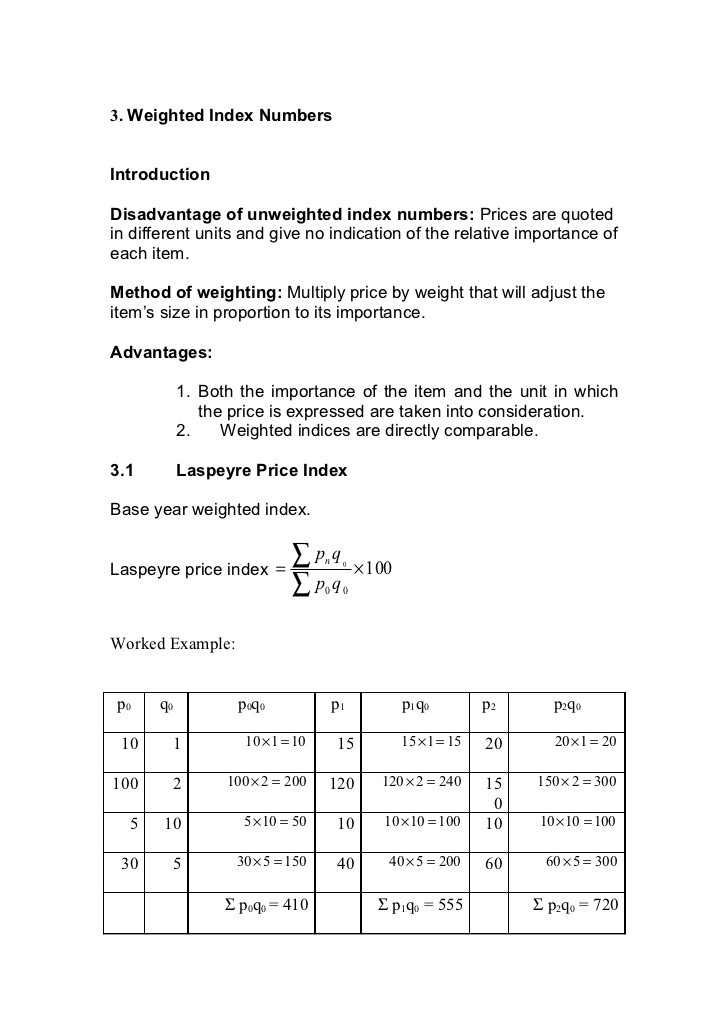Value Price and Undweighted Indexes
Post on: 2 Июнь, 2015 No Comment

The Difference Between Price, Value and Unweighted Indexes
You can opt-out at any time.
I know we talk a lot about exchange traded funds on this website, however a lot of ETFs use indexes as their underlying benchmarks, so it is equally important to understand the different types of indexes as well. After all, your ETF investing strategy depends on them. So for this article, I wanted to touch on weighted indexes, mainly the three major types – price weighted, value weighted, and unweighted.
Price Weighted Indexes
With a price weighted index, the index trading price is based on the trading prices of the individual securities (stocks) that comprise the index basket (known as components).
In other words, the stocks with the higher prices will have more impact on the movement of the index than stocks with lower prices. So if a stock goes from $100 to $110, it will move the index more than a stock that goes from $20 to $30, even though the percentage move is greater for the lower priced stock that went from $20 to $30.
One of the most popular price weighted stocks is the Dow Jones Industrial Average (DIJA), which consists of 30 different components. In this index, the higher price stocks move the index more than those with lower trading prices.
Value Weighted Indexes
In a value weighted index, the amount of outstanding shares comes into play. To determine the weight of each stock in a value weighted index, the basic formula (without getting too complex for demonstrative purposes) is to multiply the price of the stock by the amount of outstanding shares (price x shares outstanding).
So as an example, if Stock ABC has 6,000,000 outstanding shares and its trading at $15, then its weight in the index is $90,000,000. But if stock XYZ is trading at $30, but only has 1,000,000 outstanding shares, its weight is $30,000,000.
So in a value weighted stock ABC would have more impact in the movement of the index, but it a price weighted stock, it would have less value since its price is lower. Some examples of value weighted indexes are the popular MSCI family of strategy indexes.

Unweighted Indexes
The third variation of weighted indexes is the unweighted index. All stocks, regardless of share volumes or price have an equal impact on the index price. The price change in the index is based on the return percentage of each component. So let’s use an example…
Let’s say there are three stocks in our unweighted index example. ABC, XYX, and MNO. Regardless of how many shares you have of each stock or the actual trading price, you look at the percentage of price movement. So if ABS is up 50% and XYZ is up 10% and MNO is up 15%, the index is up 25% = (50+10+15) / 3 (stocks in the index).
This calculation is based on an arithmetic average, but some unweigthed indexes will use a geometric average calculation as well. So then the formula would change to (1.5 + 1.1 + 1.15) [1/3]. Typically, the geometric formula will generate a slightly lower percentage than the arithmetic formula, but still should be relatively close.
While there are other types of weighted indexes — market capitalization (the shares of each stock in a cap-weighted index are based on the market value of the outstanding shares), revenue-weighted indexes, fundamentally-weighted indexes and even float-adjusted indexes, I wanted to focus on these three as they are typically utilized more with ETFs.
There are many arguments about which types of weighted indexes are better – pros and cons and such, but that is a discussion for another day and something you can research to find which is best for your investing strategy, but in the meantime, I wanted to explain the differences.














